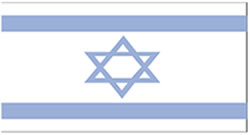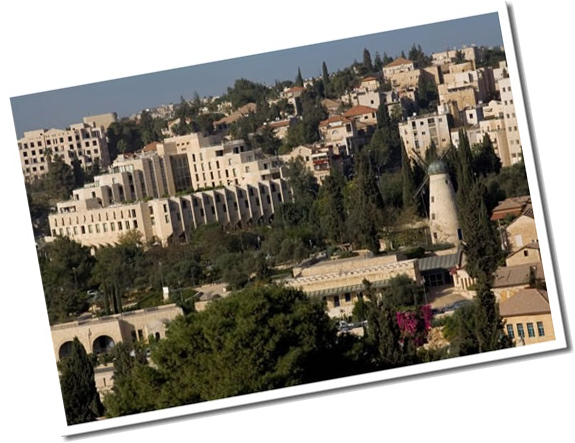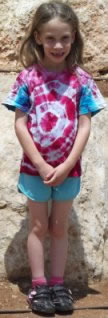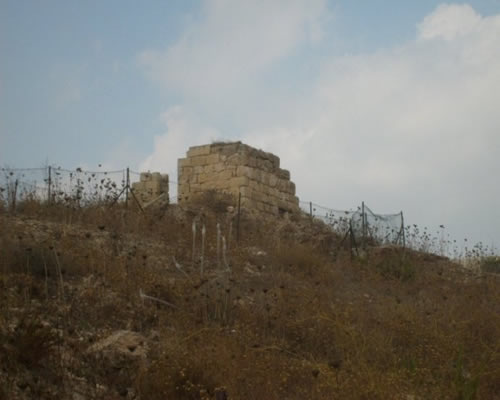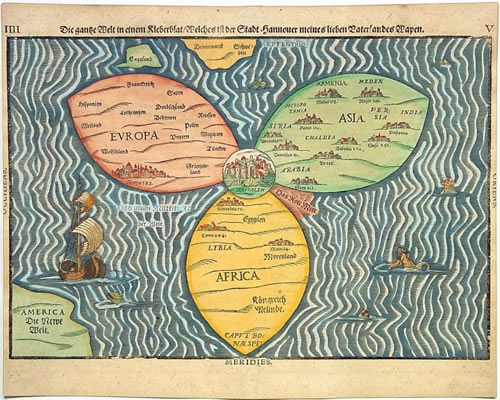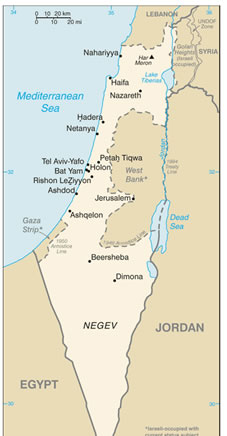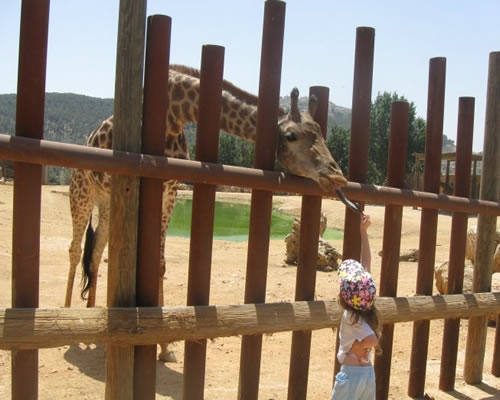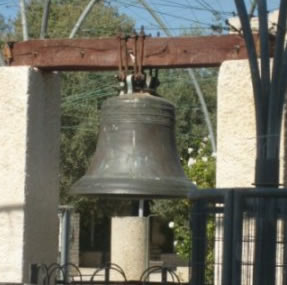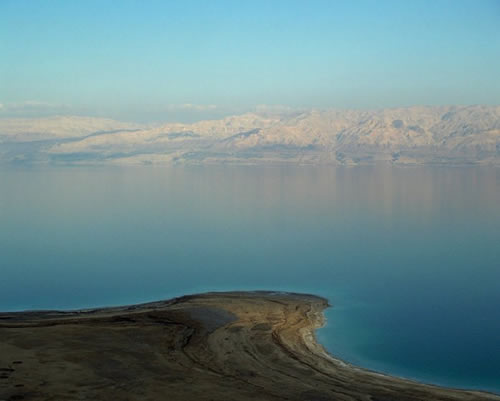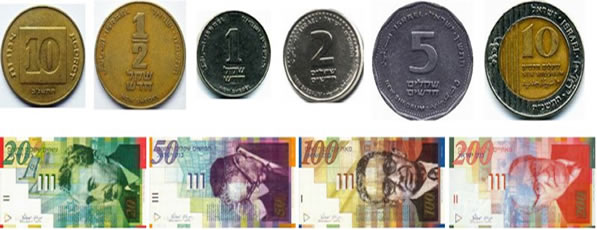Introducing Mystery Class #6
|
||||||||||||||||||||||||||||||||||||||||
|
||||||||||||||||||||||||||||||||||||||||
|
||||||||||||||||||||||||||||||||||||||||
| Our School | ||||||||||||||||||||||||||||||||||||||||
I'm Pnina (my name is pronounced exactly the way it's spelled--like the name "Nina" with a "p" sound in front. To get a better sense, try saying, "Up Nina" over and over quickly, and it will start to sound like "A Pnina".) I'm eight years old. I'm practically an only child because all my brothers are adults. Sometimes, they help with teaching me, but mostly my parents are the "teachers" in our school. We have classes four days a week (Sunday, Monday, Wednesday, and Thursday). Friday is the beginning of the weekend in Israel. Tuesdays are saved for special things; twice a month, local homeschoolers get together at the zoo. Other Tuesdays, we go on "tiyulim" (field trips). Sometimes, we just stay home and read books or do arts and crafts. There are two types of Hebrew-language Israeli public schools, religious and secular. Our school, even though it's not a public school, is religious. I learn all the usual school subjects—like English, Hebrew, science, math, etc.—as well as Bible, prayers, and other religious subjects.
|
||||||||||||||||||||||||||||||||||||||||
| Our City | ||||||||||||||||||||||||||||||||||||||||
Jerusalem is an ancient city. It was first established about 5,000 years ago, and became the capital of Israel 3,000 years ago. It has been ruled by Canaanites, Jebusites, Israelites, Babylonians, Persians, Greeks, Romans, Byzantines, Arabs, Crusaders, Turks, and British, all of whom left their mark on our beautiful city. Close to our house, sitting on a hill, we can see the ruins of a farmhouse (below) from the Byzantine period, 1,400 years ago. A Roman aqueduct—over 2,000 years old—which brought water to Jerusalem from the south, passes through our neighborhood. History is all around us!
From a ridge near our house, we can see the walled Old City of Jerusalem. Even though it is called the old city, it is relatively young. The walls were built "only" around 450 years ago. But parts of the Old City have been part of Jerusalem for nearly 3,000 years. The original Jerusalem, today called the City of David, is to the south of the eastern part of the Old City. We like going to the Old City and the City of David; there are so many archaeological sites from all periods in the city's history! They have even found the ruins of a huge building that some archaeologists think might have been King David's palace! Jerusalem is a very important city in the history of Judaism, Christianity, and Islam. In the Middle Ages, people drew maps in which Jerusalem was the center of the world. Here is one of the most famous ones. It was created by German theologian Heinrich Bunting in 1581 and shows Europe (top left), Asia (top right), Africa (bottom), and Jerusalem (center). Some countries and local place names are also labeled. A copy of this map can be seen at City Hall Plaza in downtown Jerusalem. Even though Bunting knew the map was wrong (there's even a bit of land labeled "America" in the bottom left), he drew it this way to be symbolic.
Because it is so important to so many people and so central geographically, a lot of wars have been fought over Jerusalem. We hope that in the future everyone will learn to live here together in peace. Jerusalem is the capital of Israel. The government buildings are in Jerusalem, as is the country’s most important university (The Hebrew University of Jerusalem), one of the leading museums (the Israel Museum), one of the leading hospitals (Hadassah Hospital), a major soccer stadium (Teddy Stadium), and other important institutions. By law (dating back almost 100 years to the British Mandate over Israel), all buildings in Jerusalem must be faced with Jerusalem stone, an off-white (sometimes with a tan, pink, or orange hue) limestone used for ancient buildings, in order to maintain the older architectural style.
|
||||||||||||||||||||||||||||||||||||||||
| Our Country | ||||||||||||||||||||||||||||||||||||||||
The modern state of Israel was established in 1948. Despite its small size, Israel is a very varied country, both in terms of people and geography. Among the different groups of people are "Oriental" Jews (whose recent ancestors lived in the Middle East), Ashkenazi Jews, Sefardi Jews, Yemenite Jews, Ethiopian Jews, urban Arabs, rural Arabs, Bedouin (nomadic Arabs), Druse (followers of a religion that split off from Islam), Baha’i, and many others. Hebrew and Arabic are both official languages, but many languages from all around the world can be heard on the streets of Jerusalem and other Israeli cities. English and Russian are particularly common, and most Israelis speak at least a little English.
Geographically, Israel has mountains and flat land, forests and deserts, places where it snows in the winter and places where it is warm enough to go to the beach in the winter. The lowest point on Earth, the Dead Sea, is partially located in Israel. |
||||||||||||||||||||||||||||||||||||||||
| Israeli culture | ||||||||||||||||||||||||||||||||||||||||
Israeli culture is a combination of all the ethnic groups that make up the country. The national food is falafel, a Middle Eastern treat, and other Middle Eastern foods are very popular such as chummus, tehina, olives, and pita bread. But Israelis also eat a lot of Western foods like pizza and hamburgers. Jerusalem has lots of ethnic restaurants, including Chinese, Italian, and Indian. Today, most people even eat French fries in their falafel! Israeli music is also a combination of the Middle East and Western. As in most of the world, the most popular sport is soccer. Basketball is also popular. American sports such as baseball and American football are sometimes played and watched by Americans who have moved to Israel, but are not well known by other Israelis. (Because of the time differences, some bars and restaurants that cater to Americans have special live showings of US sports events in the middle of the night.)
|
||||||||||||||||||||||||||||||||||||||||
| Visiting Jerusalem | ||||||||||||||||||||||||||||||||||||||||
Jerusalem is a very popular tourist destination. The city has many religious sites, museums, and archeological and historical sites, along with a number of other attractions. Our zoo is also excellent. (Below is a picture of me feeding a carob pod to a giraffe.)
The Knesset (Israeli's parliament) building is beautiful and worth seeing. Marc Chagall created a series of stained glass windows special just for one of the local hospitals.
We are very near the Dead Sea—the lowest point on earth and the saltiest body of water. Lots of tourists want to get a photo of themselves floating with their arms and legs in the air. But be careful—you'll find every little cut or scrape on your body when the salty water makes it hurt! Right near the Dead Sea are two more sites worth seeing—the Ein Gedi Nature Preserve and Masada. Masada is a flat-topped mountain with a lot of history; it was the last outpost fighting the Roman army after Jerusalem was destroyed in the year 70. You can walk up the "snake path", climb up the Roman Ramp, or take the cable car to get to the top.
Mud from the Dead Sea is supposed to be very good for skin conditions and other medical conditions. Hotels in the area offer spa treatments and sell salt and mud to take home with you. |
||||||||||||||||||||||||||||||||||||||||
| Money | ||||||||||||||||||||||||||||||||||||||||
When Israel first became independent from Great Britain in 1948, our money was called the lira (or pound in English), named after British currency. By 1980, inflation had caused the lira to lose a lot of value, so the shekel was created to replace the lira. One shekel was worth 10 lirot (plural of "lira"). But that was only the beginning! Inflation was so bad during the early 1980's that the shekel quickly lost value much faster than before. My parents remember the time when supermarket prices were changed on a daily basis because of this. Families paid more for the stamp to mail in their mortgage payment than the mortgage itself! Prices for common, inexpensive products were in the thousands or ten thousands. In 1986, inflation slowed a lot, and the "new shekel" was introduced. One new shekel replaced 1,000 old shekels. At the time, a U.S. dollar was worth about 1.50 new shekels. Now, most people just say "shekel" instead of "new shekel". We still had inflation for years after the new shekel was introduced, but it was much slower. A U.S. dollar is worth about 3.50 shekels today.
Our smaller money is called the agora. There are 100 agorot in a shekel. We used to have 1 and 5 agora coins, but they aren't used anymore because their value is so low. Our coins now are the 10 agora, half shekel, shekel, 2 shekel, 5 shekel, and 10 shekel. The 10 and 50 agora coins are gold-colored. The 1, 2, and 5 shekel coins are silver-colored. And the 10 shekel coin is gold in the middle and silver around the edge. Like most countries (other than the United States), our bills are all different colors. We have the 20 shekel (green), 50 shekel (purple), 100 shekel (brown), and 200 shekel (red). The bills are all the same size. In the picture above, the coins are all about drawn to scale with each other, but the bills are much smaller in order to fit everything into the picture.
|
||||||||||||||||||||||||||||||||||||||||
| The Hebrew Language | ||||||||||||||||||||||||||||||||||||||||
"Shalom" literally means "peace", but it is used to mean both hello and goodbye as well. "Lehitra'ot" means "see you later"; it's another way to say goodbye. But "hi" and "bye" are used a lot, too. Israel is called "Yisrael" (pronounced "yiss-rah-AIL"). Jerusalem is "Yerushalayim" ("yeh-roosh-ah-LIE-yeem"). And we love animals! Here are some animal names in Hebrew:
There are also English words that have a Hebrew origin. "Behemoth" comes from the Hebrew word "behemot" (beh-hai-MOAT) which means "animals". "Leviathan" is from "livyatan" (leev-yah-TAHN) meaning "sea monster". "Sabbath" originates in Hebrew "Shabbat" (shah-BAHT), the Hebrew word for "Saturday". "Cinnamon" is from the Hebrew word "kinamon" (pronounced "keen-ah-MOAN"). And "camel" originates in Hebrew "gamal" (gah-MAHL).
|
||||||||||||||||||||||||||||||||||||||||
I hope you've enjoyed learning about us! If you'd like to contact us for more information, you can e-mail us. |
||||||||||||||||||||||||||||||||||||||||
